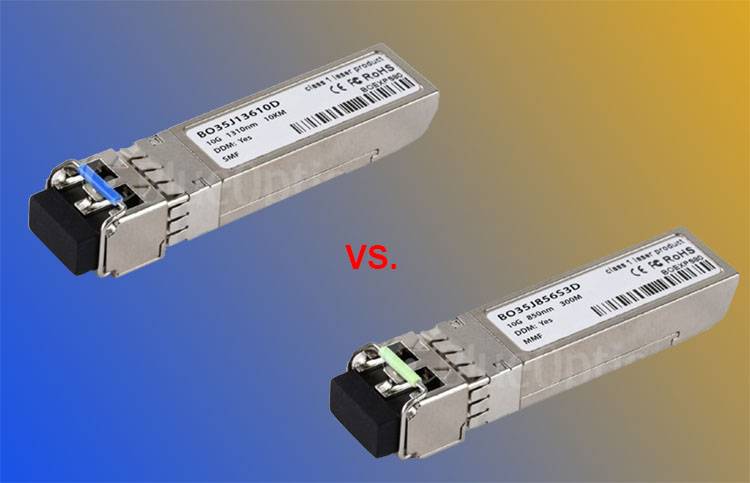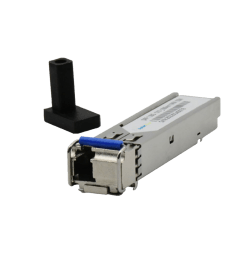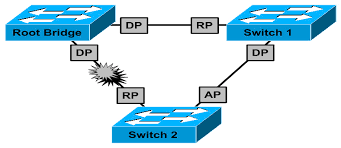What is the difference between GLC-SX-MM and GLC-SX-MMD?
In the 21st century, data centers and service providers rely on fiber optic networks to provide stable Internet connectivity. However, the ever-increasing needs of businesses and the needs of end customers push network technology to its limits. The demand for high bandwidth, stable Internet connection and the readiness of the ground for the future upgrade of the network is the main factor for the rapid development of new technologies.
Fiber optic networks offer many benefits that ensure satisfied IT managers and customers. The whole idea of fiber optic communication is based on two key components: the optical transceiver and the fiber optic cable. These components are the main components that drive the entire fiber network.
Optical transmitters are modules with integrated lasers that transmit optical light to the cable. However, they also convert the electrical signal received from the network device into an optical light. These transmitters are the main engine that directs the optical light to the core of the fiber optic cable. Optical cables are different from ordinary copper cables. These cables are made under strict supervision and by high precision machines. They are made of an optical core, cladding, coating, reinforcing fibers and jacket. Each of these components has its own function.
The core is the physical medium that transmits light. This glass is made of an ultra-pure optical fiber, which is measured in microns based on its diameter. Their size depends on the type of cable, multimode cables or singlemode codes. The most common sizes of multimode cores are 50, 62.5, and 100 microns, and singlemode cores are generally less than 9 microns.
The coating is a thin layer that surrounds the core and has a mirror-like shape. The sheath helps the data move through the cable so that light escapes.
The sheath is a layer of plastic that surrounds the core and sheath to strengthen the cable and enhance its durability.
Reinforcing fibers are another precaution that helps protect the cable from crushing forces and over-stretching.
The cable jacket is the last layer of the cable, which can have a different color depending on the manufacturer.
Optical fiber cables can be classified into two types: multimode and singlemode fiber. Multimode fiber is used for short-range connections up to 600 meters. Single-mode fibers are mainly installed in long-distance and high-speed connections.
There are many optical transmitters on the market produced by different vendors. Optical transmitters use fiber-to-the-premises (FTTP) services, meaning that optical fibers run from the network core to end users. Using these services, fiber optic networks provide very fast internet access. The main advantage of fiber optic networks is the high speed of data transfer compared to conventional copper connections.
Two of the most common transceivers for multimode fiber are the GLC-SX-MM and GLC-SX-MMD. These are SFP transceivers that support 1000BASE-SX bandwidth. They provide 850 nm wavelength with two LC/PC connectors. Even though they are very similar, the main difference between the two is the increased temperature threshold of the GLC-SX-MMD SFP receiver. This type of transceiver can operate in a temperature range of -5°C to 85°C compared to the GLC-SX-MM transceiver type that can work in a temperature range of 0°C to 70°C. Another difference is the support for the digital optical monitoring (DOM) feature of the GLC-SX-MMD SFP transceiver compared to the conventional GLC-SX-MM SFP transceiver. This feature allows for real-time monitoring of transmitter and receiver power, laser current, temperature, and transceiver power supply voltage.










